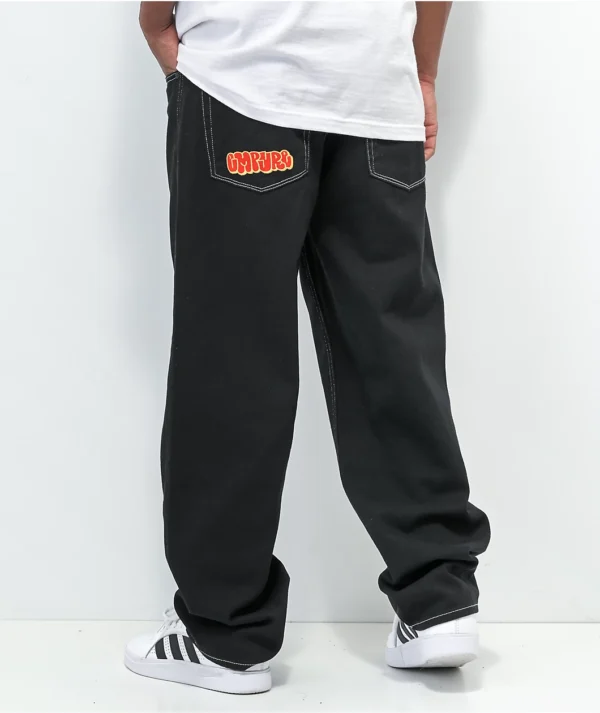Aluminium Alloy Plate: Strength, Versatility, and Lightweight Performance
Aluminium alloy plates are a cornerstone of modern engineering and manufacturing. Known for their light weight, corrosion resistance, and excellent mechanical properties, these plates are widely used across industries including aerospace, automotive, construction, marine, and industrial equipment.
Compared to pure aluminium, aluminium alloys offer enhanced strength, formability, and performance through the addition of other elements such as magnesium, silicon, copper, and zinc. The result is a highly versatile material that can be tailored to meet specific technical and structural demands.
This article explores what aluminium alloy plates are, their key types, properties, applications, and trends shaping their future use.
What is an Aluminium Alloy Plate?
An aluminium alloy plate is a flat-rolled product made from aluminium that has been alloyed with other elements to improve its mechanical and physical properties. These plates are typically produced in thicknesses of 6 mm or greater, differentiating them from thinner aluminium sheets or foils.
The alloying elements give each plate specific advantages—such as increased strength, better weldability, improved corrosion resistance, or enhanced machinability—depending on the needs of the application.
Key Properties of Aluminium Alloy Plates
Aluminium alloy plates are valued for a unique combination of characteristics:
- Lightweight: Aluminium has one-third the density of steel, making it ideal for weight-sensitive applications.
- Corrosion Resistance: Most aluminium alloys form a natural oxide layer, protecting against environmental degradation.
- High Strength-to-Weight Ratio: Alloys can be nearly as strong as steel while remaining significantly lighter.
- Formability and Machinability: Aluminium can be easily cut, bent, or machined to various shapes and sizes.
- Thermal and Electrical Conductivity: Ideal for heat exchangers and electrical enclosures.
- Recyclability: Aluminium can be recycled indefinitely without losing its properties.
Common Aluminium Alloy Series for Plates
Aluminium alloys are categorized into series based on their main alloying elements. Each has unique properties:
1. 1xxx Series – Pure Aluminium (99% or higher)
- Excellent corrosion resistance and workability
- Low strength
- Used in chemical equipment and food processing
2. 2xxx Series – Aluminium-Copper Alloys
- High strength, used in aerospace and automotive
- Moderate corrosion resistance
- Not ideal for marine or outdoor use
3. 3xxx Series – Aluminium-Manganese Alloys
- Good corrosion resistance, moderate strength
- Often used in roofing, siding, and cooking utensils
4. 5xxx Series – Aluminium-Magnesium Alloys
- Excellent corrosion resistance, especially in marine environments
- High strength and weldability
- Common in shipbuilding, tankers, and pressure vessels
5. 6xxx Series – Aluminium-Magnesium-Silicon Alloys
- Good strength, corrosion resistance, and formability
- Ideal for structural components, transportation, and bridges
6. 7xxx Series – Aluminium-Zinc Alloys
- Very high strength, used in aerospace and military
- Lower corrosion resistance unless treated or coated
Applications of Aluminium Alloy Plates
Thanks to their adaptable properties, aluminium alloy plates are found in diverse applications:
1. Aerospace and Aviation
- Fuselage skins, wing panels, and structural components rely on high-strength alloys like 7075 and 2024.
2. Automotive and Transportation
- Used in truck bodies, trailers, tanks, and chassis to reduce weight and improve fuel efficiency.
3. Marine Industry
- Alloys like 5083 are prized for their saltwater resistance, used in boat hulls, decks, and offshore structures.
4. Construction and Architecture
- Aluminium plates are used in curtain walls, facades, roofing, and structural framing due to their formability and corrosion resistance.
5. Industrial Equipment
- Heavy-duty machines, pressure vessels, and tooling platforms often use thick aluminium alloy plates for their balance of strength and lightness.
6. Defense and Military
- Armour-grade aluminium alloys are used in tanks, personnel carriers, and naval ships for ballistic resistance and lightweight performance.
Benefits of Using Aluminium Alloy Plates
1. Weight Reduction
- Essential in sectors like transportation and aerospace, where lower weight translates into better fuel economy and payload capacity.
2. Corrosion Resistance
- Reduces maintenance and extends lifespan in harsh environments, including marine and chemical applications.
3. Customization
- Can be rolled, cut, drilled, and welded into a wide range of shapes and sizes for specific project requirements.
4. Recyclability
- Aluminium is 100% recyclable, making alloy plates a sustainable option for environmentally conscious projects.
Surface Finishes and Treatments
Aluminium alloy plates can be supplied with various surface finishes:
- Mill Finish: As-rolled surface, economical and suitable for industrial use.
- Brushed or Polished: Enhances appearance, often used in decorative applications.
- Anodized: Provides extra corrosion protection and aesthetic appeal.
- Painted or Powder Coated: Custom colors and enhanced surface durability.
Industry Trends
1. Sustainability and Recycling
With growing environmental concerns, industries are shifting toward materials that offer recyclability and a lower carbon footprint. Aluminium alloy plates meet both criteria and are expected to see increased adoption in green construction and electric vehicles.
2. Lightweighting in Transportation
As fuel efficiency and emission reduction become top priorities, automotive and aerospace industries are increasingly replacing heavier steel parts with high-strength aluminium alloys.
3. Advances in Alloy Technology
New alloys with better strength, corrosion resistance, and weldability are being developed, expanding the range of applications and performance in demanding environments.
Conclusion
Aluminium alloy plates offer a winning combination of strength, durability, and light weight, making them indispensable in modern engineering and manufacturing. Whether you’re building aircraft, ships, cars, or skyscrapers, there’s likely an aluminium alloy plate that meets your technical and environmental needs.
As materials technology advances and sustainability becomes central to production, aluminium alloys are poised to play an even greater role in shaping the future of industrial design and innovation.


